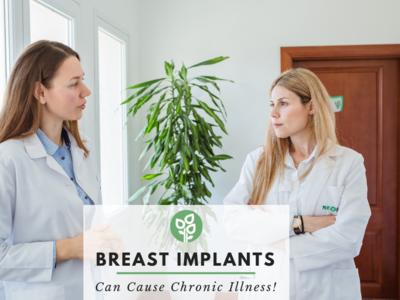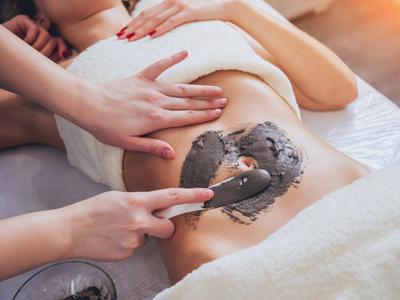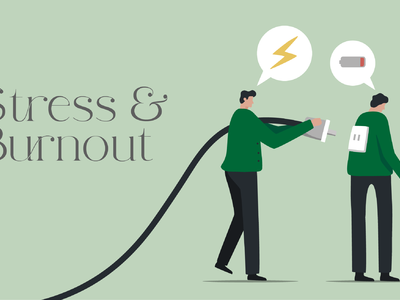Microcurrent Therapy
When Electricity Does You the Power of Good
The human body is a remarkable instrument and one of its great wonders is a natural electrical current that enables cells to talk to each other through electromagnetic signalling. Unfortunately, when an injury occurs, this intercellular communication gets disrupted, leaving cells struggling to do the job they are designed for. However, help is at hand because microcurrent therapy pretty much patches the gap.
Microcurrent therapy helps to restore the body’s electromagnetic field thereby enabling cells to get back to work and repair themselves, a process that quickens the healing process.
In recent years, using microcurrent therapy to promote cell growth in the skin has also become a popular alternative to cosmetic facelifts because the procedure is not only non-invasive but injection-free, relatively painless and yields immediate benefits with no recovery time.
How Does Microcurrent Therapy Work?
In simple terms, it involves the application of low-level, frequency-specific electrical currents to an injured part of the body to relieve pain, repair tissue and reduce swelling.
A special device delivers a mild electrical current – approximately one-millionth of an ampere – to the injured area. Depending on the tissue involved, specific frequencies will be selected to trigger the body’s natural healing process. There are relevant frequencies for almost every type of tissue in the body.
Microcurrent therapy potentially increases the production of a substance called ATP (adenosine triphosphate). ATP molecules are the storage and distribution vehicles for energy that fuel all of the body’s cellular reactions. As microcurrent therapy can increase the amount of ATP that’s created in damaged cells by as much as 500%, this treatment has been shown to help with recovery.
What is Microcurrent Therapy Good For?
There are many ways that microcurrent therapy can help, from Achilles tendonitis to whiplash, but mostly the treatment is used to soothe nerve and muscle pain, inflammation and scar tissue resulting from the following conditions:
- Shingles
- Burns
- Fibromyalgia
- Sports injuries
- Kidney stones
- Musculoskeletal injuries
- Chronic fracture and bone pain
- Irritable bowel syndrome
- Disc injuries
- Diabetic neuropathy
- Neuromas
- Arthritis
- Torticollis
- And wounds.
While a number of these injuries and conditions can be painful, the good news is that microcurrent therapy isn’t. In fact, the currents used are often so low they might not even be felt like more than a warmth and softening of affected tissues.
The Microcurrent Therapy Small Print
At Neomed, every therapy we use is chosen with the needs of the individual in mind, taking into account their overall condition, specific ailment and medical history. So, while microcurrent therapy has been shown to be an incredibly effective treatment in regard to pain management, it’s not a one-size-fits-all kind of therapy.
There are certain groups of people who ought to avoid microcurrent therapy such as those fitted with pacemakers or implanted pumps, pregnant women and anyone who suffers from uncontrolled seizures. The treatment can also have side effects, though they are usually very rare and mild. Side effects may include nausea and drowsiness.
The good news is, however, that for those not at risk as mentioned above, microcurrent therapy is an efficient method of cell repair and healing. Tests have shown that microcurrent therapy helps tissue heal faster and provides relief from pain caused by injury or chronic conditions. It also has significant benefits for those suffering from chronic back pain. A 2004 study found that microcurrent treatment was “the single factor contributing the most consistent difference in patient-reported pain relief”.
Neomed’s resident physiotherapist Lubka Mlčúchová explains: “We mostly use microcurrent therapy for organ support, when in a low-energy state – based on symptoms or applied kinesiology testing. We also use this treatment during detox wrapping therapy and for scar treatment.”
For more details of our Microcurrent treatment, please fill in the form below:







